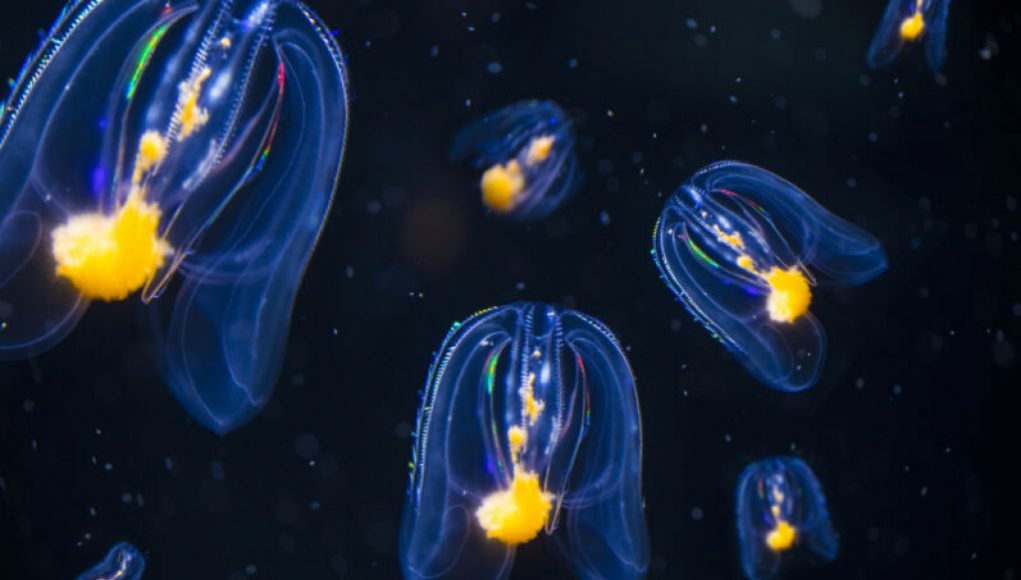Get ready to be amazed by the incredible diversity of the animal kingdom! When we think of animals, we usually picture mammals, birds, and fish. But did you know that there are creatures like cephalopods, insects, and echinoderms that have unique features? And that’s just the beginning! There are also radially symmetric Cnidarians, sponges without muscle or nerve cells, and placozoans that digest things on their surface.
But how did this incredible diversity come about? Contrary to popular belief, it’s not just about adding more complexity to organisms. In fact, recent genetic studies suggest that there are two separate lineages that ended up with nerve cells. And a new study has found that sponges are actually more closely related to humans than some other animals with a nervous system.
So how did researchers come to this conclusion? By looking at how genes are arranged on chromosomes! While individual genes can change a lot due to evolutionary pressures, they tend to stay in the same place on a chromosome for long periods of time. This means that breaking up the linear arrangement of a group of genes is rare in an animal’s evolutionary history. By tracking changes in the arrangement of genes across different species, researchers can figure out which organisms are more closely related to us.
To do this sort of analysis, researchers need to know how genes are arranged on chromosomes. Thanks to recent advances in technology, we can now sequence very long pieces of DNA, making it easier to piece together chromosomes. The researchers relied on many animal genomes where this had been done and completed a few of their own for the study.
While some groups of species, like the fruit fly Drosophila, have undergone extensive chromosomal reorganizations in the past, most animals have not. By tracing the rearrangements, the researchers were able to identify eight rearrangements that were shared by animals with left and right sides like us vertebrates, and things like jellyfish (Cnidaria) and sponges (Porifera). None of these showed up in comb jellies (Ctenophora).
So there you have it! Despite the fact that sponges have no muscles or nervous system, they are actually more closely related to us vertebrates than comb jellies, which share both of these features with us. The animal kingdom truly is a fascinating and diverse place!
In a new white paper published in the science journal Nature this week, a team of researchers have unveiled an unprecedented family tree that seeks to explain the evolution of different nervous systems in species across the animal kingdom.
This substantial new piece of scientific research consists of an extensive survey of the molecular processes that traditionally differentiate between two distinct nervous systems. By systematically sequencing the genomes of over 500 species, the team was able to map out an evolutionary family tree with a ‘hierarchy of complexity’ that encompasses species like sponges, flatworms, and also includes vertebrates like humans.
Remarkably, this research reveals an unexpected and previously undiscovered increase in complexity within the genetic evolution of the nervous system between the invertebrates and vertebrates. By applying an evolutionary ‘rule of three’ across this diversity of species, the team were able to identify both similarities and differences between nervous systems that include unique adaptations, such as the ability to see color or move with dexterity.
A significant finding of this groundbreaking paper is the identification of key gene families that appear to be responsible for the emergence of specific neurological traits. This pivotal observation allows for the further exploration of the genetic components of behavior, an area of research that has long confounded scientists.
Commentators on the study have stated that the article provides a much-needed insight into the development of animal nervous systems and the evolution of human behavior. While the paper provides a helpful grounding in this research, many scientist suggest that further work is needed to fully understand the evolution of animal nervous systems.
Ultimately, this research provides a major breakthrough to scientists aiming to unlock the mysteries of the human nervous system and will help to further our understanding of behavior, cognition and the evolution of our species.




















